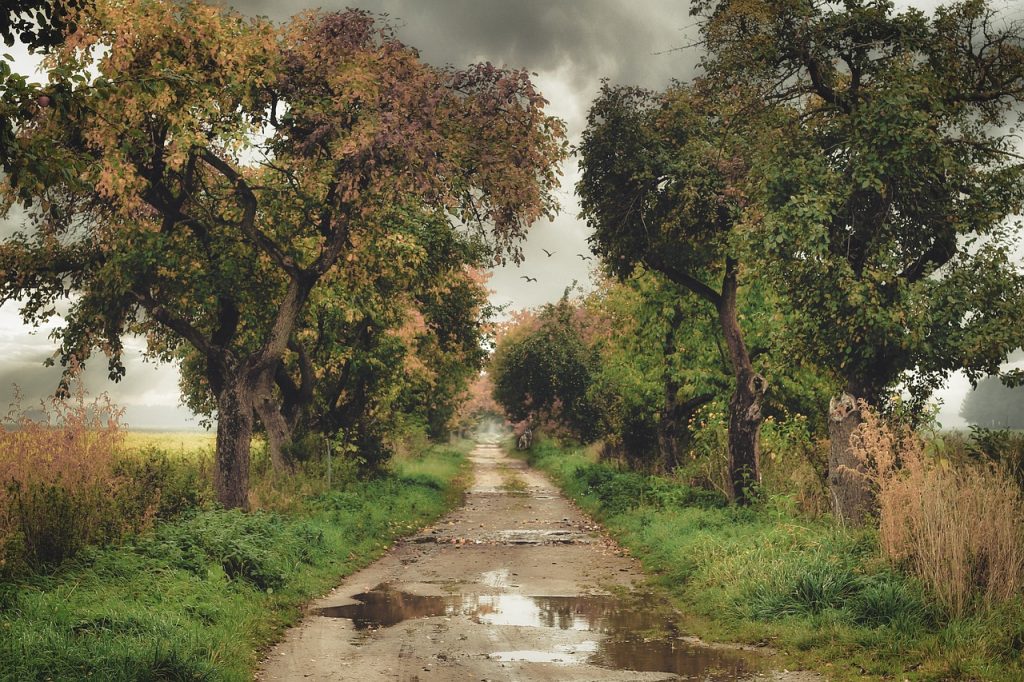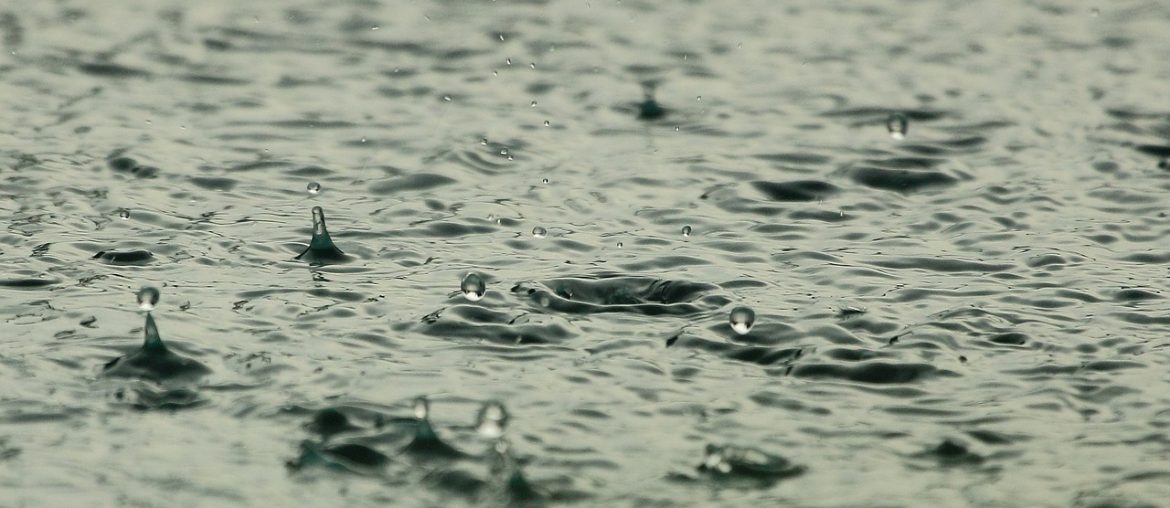Harnessing a Valuable Resource
In the state of Arizona, collecting rainwater on your property is not only legal but also actively encouraged. This presents an excellent opportunity for residents of Cochise County to harness the benefits of rainwater catchment systems.
There are several compelling reasons to collect rainwater:
- Free Water Source: Rainwater is readily available and, once the system is set up, it becomes a passive source of water. By collecting rainwater, you can significantly reduce your reliance on other water sources, leading to cost savings.
- Environmental Benefits: Rainwater catchment is an environmentally friendly practice. It helps conserve water resources and reduces the strain on municipal water supplies. It also reduces stormwater runoff, which can carry pollutants and cause erosion.
- Plant-Friendly Water: Plants thrive on rainwater due to its natural mineral content. Rainwater is devoid of the chemicals often found in tap water, making it an ideal choice for watering gardens, lawns, and landscaping.
- Household Applications: Rainwater can be filtered and used for various household purposes. With proper filtration and treatment, rainwater can be a valuable water source for daily activities.
To understand the potential water yield from rainwater catchment, consider the size of your roof and the average annual rainfall. For instance, if you have a 1,000-square-foot roof and receive 10 inches of rain per year, you can collect over 6,000 gallons of “free” water annually. To track rainfall in Arizona over time, you can refer to resources such as the Rainlog website. Cochise County averages about 13 inches of rainfall a year with most of that occurring during the summer monsoons.

Most roofing materials are suitable for rainwater harvesting, with metal roofing or plastic sheeting offering the highest collection efficiency. However, nearly all surfaces can effectively collect rainwater. It’s important to avoid materials that may contaminate the water, and do your research on suitable roofing materials.
In addition to utilizing existing roofs, you can consider constructing a separate rain roof on your property. This option allows you to choose the materials, size, and location of the rain roof, ensuring optimal water collection and gravity-fed flow to storage tanks. It’s a particularly viable option if you have open space available and are willing to allocate it for rainwater catchment purposes. By building a separate rain roof closer to the ground, maintenance and cleaning become easier.
To have a consistent water supply during dry seasons, sufficient storage tanks are necessary. There are various types of tanks available, each with its own advantages and considerations. Selecting the right tank size and material is crucial to meet your specific needs and storage capacity requirements. Find out more about selecting the correct storage tanks here.
When storing water in tanks, it’s essential to maintain water quality over time. This can be achieved through the installation of appropriate filtration systems and regular maintenance. Filters help remove impurities and ensure the stored rainwater remains clean and suitable for its intended uses.

By implementing a rainwater catchment system in Cochise County, residents can access a free and abundant water source while promoting environmental sustainability. Whether it’s utilizing existing roofs or constructing separate rain roofs, the benefits of rainwater catchment extend beyond cost savings and contribute to a greener and more self-sufficient community.

